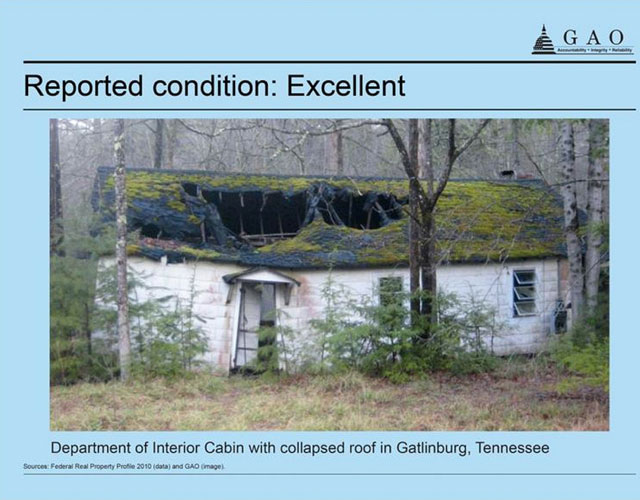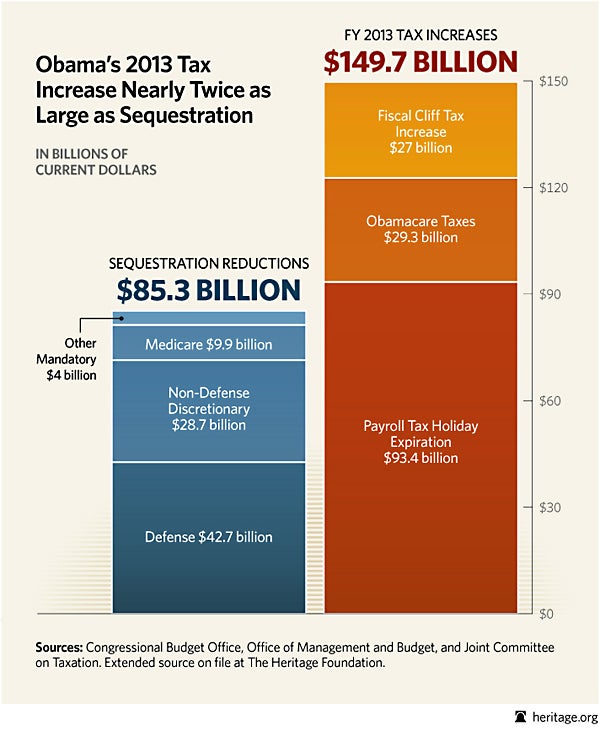About 77,000 unused or underused federal buildings cost taxpayers $1.67 billion to operate and maintain in 2010 alone (latest data available), according to a Congressional Research Service (CRS) report from last year.
Unlike your typical house on the market today, these buildings are beyond unsightly. The word derelict might not do them justice, as these images from the House Oversight and Government Reform Committee show.
The CRS report cited previous findings by the Government Accountability Office (GAO), which has documented these unused or underused federal properties—and potential ways to deal with them—time and again. The GAO points out, however, “that efforts to dispose of unneeded and underutilized properties are hindered by statutory disposal requirements, the cost of preparing properties for disposal, conflicts with stakeholders, and a lack of accurate data.”
In sum, the federal government is getting in its own way when it comes to dealing with its dilapidated, vacant properties.
Spending $1.67 billion annually on these properties is just one example of federal waste that Congress could root out to cut spending in a targeted way. The Heritage Foundation recently identified areas in which Congress could eliminate or reduce program funding at the National Institutes of Health, the Department of Education, the Transportation Security Administration, the Department of Energy, and others.
Meanwhile, President Obama just finished a campaign-style tour, railing against sequestration’s spending reductions—which are set to kick in today—suggesting there are absolutely no cuts the economy could withstand. Nada, zero, zilch.
Congress and the President should embark on major housecleaning efforts. Addressing these unused federal properties to stop wasting taxpayer dollars would be an excellent place to start. But this all points back to one burning question:
Mr. President, is there really no place in the federal budget to reduce spending?


